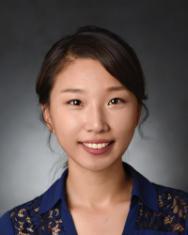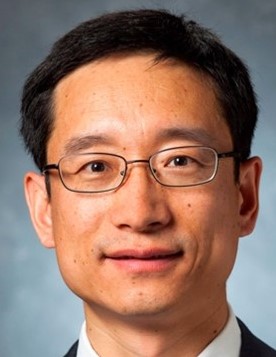Farmers should benefit greatly from digital twin technology, which leverages significant advances in big data, computing power and artificial intelligence to generate virtual representations of the physical world.

A digital twin is a virtual model designed to accurately reflect a physical object, process or system.
At least two University of Florida Institute of Food and Agricultural Sciences (UF/IFAS) scientists are already using digital twin technology in their research. One utilizes it to simulate out-of-season strawberry growth; the other to train a mobile robot to navigate and analyze vegetable crops for their traits – a process called “phenotyping.”
Dana Choi, a UF/IFAS assistant professor of agricultural and biological engineering at the Gulf Coast Research and Education Center (GCREC), utilizes the technology to simulate robotics and sensor tests for agricultural automation.
Here’s a snapshot of Choi’s approach:
- Virtual prototyping: Before deploying a robot in the field, she creates a digital twin to test the robot’s efficiency, mobility and functionality in a simulated environment. This helps her identify potential issues — such as mechanical failure, design errors and environmental challenges — and rectify them without incurring real-world costs or damages.
- Sensor simulation: She can test sensors’ performances in simulated environmental conditions, ensuring their reliability and accuracy. The sensors are used for crop monitoring, vehicle navigation and safety monitoring.
- Scenario testing: Through simulation, Choi can introduce varied conditions – like obstacles in the field, differing terrain styles or unexpected lighting situations — to understand how her robotic solutions would respond.
- Data-driven decision making: The data from these simulations helps scientists make decisions, whether it’s about refining a robot’s design or strategizing deployment for optimal results.
Research in Gainesville

On the main UF campus in Gainesville, Charlie Li, a UF/IFAS professor of agricultural and biological engineering, utilizes digital twin technology to train a machine-learning model on a mobile robot for crop phenotyping and navigation in the field.
His group developed a digital twin framework for image augmentation to improve crop detection from complex and variable farm backgrounds.
“The concept involves ensuring that the physical robot and its digital twin closely imitate each other,” Li said. “This approach aims to reduce the discrepancies between simulated and real-world robotic crop phenotyping, like detecting crops and rows. By doing so, it minimizes the reality gap encountered when applying crop-detection models trained in simulation to real-world scenarios, without the need for additional real-world training.”









